What Exactly Does An “Out and Back Trail” Mean?
One of the most important aspects of hiking is to always be prepared, and that includes fully understanding WHAT KIND of trail you are hiking, and what to expect from it. That is why it is important to have sound knowledge of what exactly is an out and back trail, and what to expect when hiking one. The more prepared you are, the more enjoyable and responsible a hiking experience you will have!
Disclosure: Below are some affiliate links-these are all products I highly recommend. I won’t make any recommendations on this page that I haven’t tested or personally used!
Table of Contents
What Is An Out and Back Trail?
So what exactly defines an out and back trail? There are a couple key points to remember:
- An out and back trail is a trail that starts and ends in the same place
- There is a end point or turn around point
- Hikers on an out and back trail will hike to the end point, and then return back to the starting location on the same trail
- Think of it as going from A to B, and then back to A on the same path

Benefits of an Out and Back Trail
There are several benefits of out and back trails. The important thing to remember is that no matter what trail you hike, always be prepared and do your research ahead of time. Be familiar with the trail as much as you can before stepping foot on it, and make sure to let a family member or friend know of your hiking plans always, including when you plan to be finished hiking.
Here are some of the main benefits of hiking an out and back trail:
- Easy to navigate – out and back trails can be easier to navigate and easier to remember and recognize points of interest. This can help in keeping yourself oriented and prevent getting lost. Seeing the same oddly shaped tree twice will reassure you that you are on the right trail.
- Easier to enjoy your experience – focusing less on navigation can allow you to take in the sights and enjoy your surrounding more.
- Increased sense of security and comfort – due to the familiarity of the trail.
- Easier to cut short (turn around) if necessary – this can be beneficial if you find yourself running short on time, dealing with injury or malfunctioning gear, avoiding bad weather, or battling blisters, etc.
- Ideal for beginners due to those first 4 points – out and back trails can be the perfect training ground for newbies due to the ease of navigation, focusing less on navigation and more on the experience, increased reassurance and sense of security , and easier to turn around if necessary. All of these factors can increase confidence in novice hikers, especially if hiking solo.
- Often include an epic destination – the turn around point of an out and back trail (Point B) is often a destination, such as a waterfall or scenic overlook! These destinations also double as excellent break or rest spots before heading back.
- Great for testing out new gear before larger hikes – you do not want to be testing out a new pair of hiking boots or a new water hydration bladder the first day of a 4 day backpacking trip. Take on a shorter day hike on an out and back trail and make sure that everything is functioning the way it should be, before you find yourself stranded in the backcountry with malfunctioning accessories.
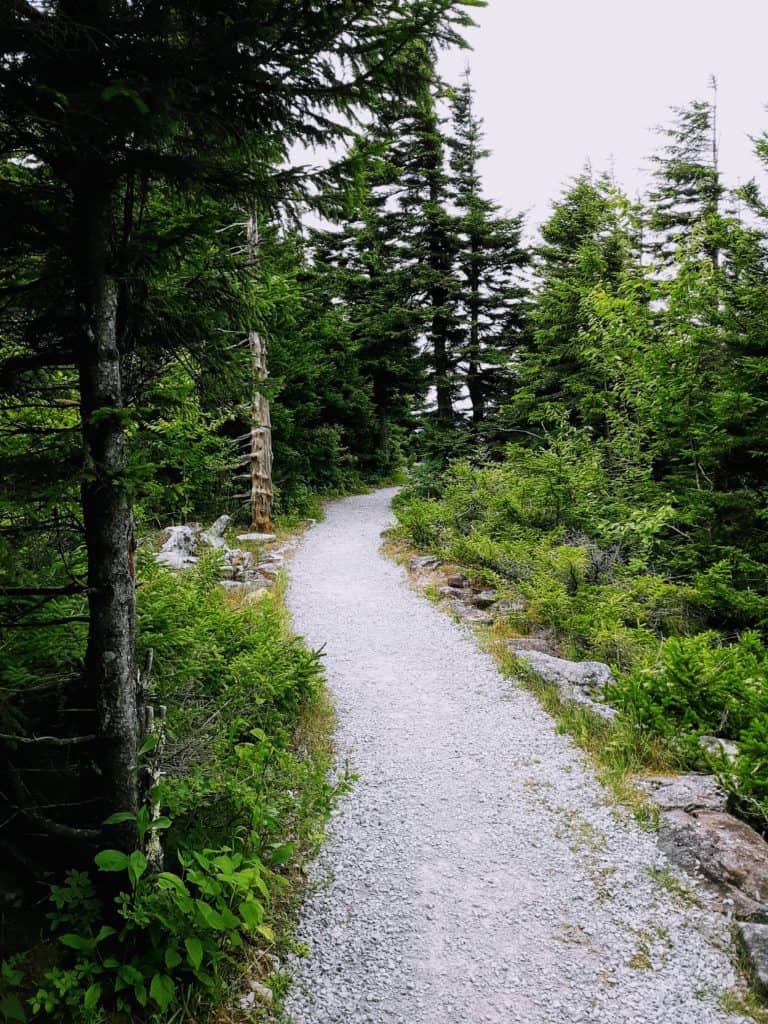
Distance of Out and Back Trails
There is no set distance that defines out and back trails. They can vary greatly, though many are considered day hikes. When considering the total distance of your chosen out and back trail, it is important to understand how they might be conveyed in hiking apps or on hiking websites. Apps and websites will most likely show the entire roundtrip mileage.
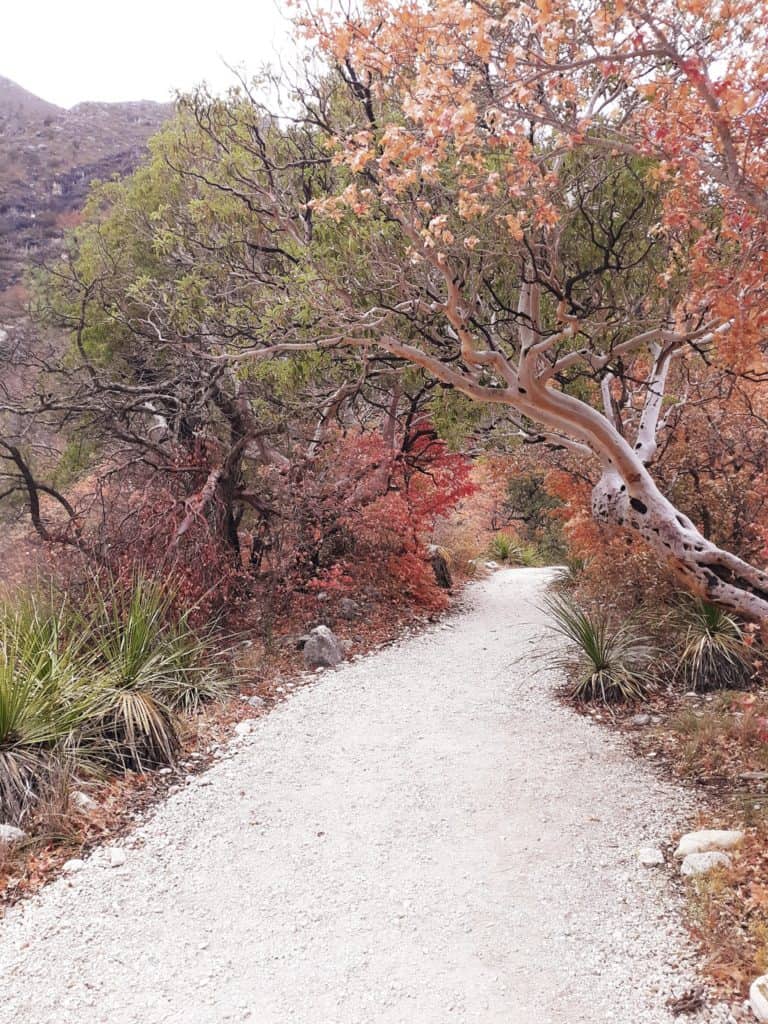
Understanding Out and Back Trails
As just mentioned above, trail descriptions on popular hiking apps and websites will almost always be in roundtrip format, unless otherwise noted. One example of this is the popular hiking app AllTrails.
Hiking apps like AllTrails includes the roundtrip mileage of out and back trails (also sometimes referred to as a point to point trail). This means that their out and back trails are described in the total miles that will be hiked roundtrip.
For example, if AllTrails says that an out and back hike is 10 miles in length, that means that the trail is 5 miles in, and 5 miles out. Or, in other words, Point A to Point B is 5 miles in length, and then Point B to Point A is 5 miles in length, equaling 10 miles total roundtrip.
However, it is important to remember that trail markers on the actual trail will indicate the mileage to the turn around point. So if you start your hike and the trail marker at the beginning (the trailhead) tells you that it is 3 miles to the waterfall (which is the destination and turn around point), it will actually be a 6 mile roundtrip hike.
You will want to make sure that you note what your total mileage will be when considering trail markers on the actual trail. Always keep in mind that you have to make the return trip. Keep in mind factors like elevation gain. 3 miles going downhill on the way in will be a much harder 3 miles returning going uphill. Know yourself, and know your limits.
>MORE: Sometimes it is easier to know what NOT to do, than what to do. Here’s the 5 biggest mistakes to avoid as a hiking newbie!
What’s the Difference between an Out and Back Trail and a Loop Trail?
Another popular type of trail that you will encounter and hear about on hiking apps and websites is the loop trail. So what exactly is the difference between an out and back trail and a loop trail?
As you now know, an out and back trail is a trail going from Point A to Point B on a single path, then returning from Point B to Point A on the same path. Out and back trails have the same starting and ending point.
Similarly, loop trails also have the same starting and ending point (referred to as a trailhead), but a loop trail does not repeat any portion of the trail, unlike an out and back trail. On a loop trail, you will literally hike in a loop.
When hiking a loop trail, it is important to remember that you will not repeat any portion of the trail, so you will need to keep your attention up, as every step will be new territory! You will need to pay closer attention to navigation, potential obstacles, and the weather. You will not be able to rely on familiar landmarks on the way back to help navigate or orient yourself.
What Gear Do You Need for an Out and Back Trail?
Anytime you hike, whether it is a day hike or a multi day backpacking hike, you should carry all 10 categories of the hiking essentials on you. These include a few important basics:
- Shoes
- Socks
- Backpack
- Water Transportation System
Now let’s go a little more in depth on the a few of these important basics:
- Shoes: you have options here, depending on your trail. Which is why it is so important to do your research. If you are tackling a tough uphill climb with lots of uneven terrain or loose rock, you may want to opt for a traditional hiking boot with lots of ankle support and good grip, like these waterproof Vasque Breeze hiking boots I’ve climbed plenty of mountains in. If your terrain is more predictable, and you prefer to focus on speed, you may prefer a lighter weight trail runner. The best name in the game when it comes to trail runners are Hoka One One Speedgoats. Unbeatable cushioning and great traction all in one package. I prefer Hokas for the majority of my hikes as well as my long distance trail runs.
- Socks: The shoes you choose are only as good as the socks you pair with them. One of the quickest and sneakiest ways to derail a hike is a case of blisters. You want to opt for a good anti-blister sock when hiking. I used to suffer from blisters all the time myself, until I discovered Hilly Twin Skin socks. The “twin skin” layers are the secret here, and they help to minimize the friction that causes blisters. I haven’t had a single blister since switching to these socks, not even on hikes like the Grand Canyon’s 24 mile long Rim to Rim hike, or the 21 miles to the top of Mt. Whitney in one day, the highest point in the lower 48 states.
- Backpack: You definitely want to invest in a backpack capable of carrying all the hiking gear that you need for a safe and responsible hike. Of course, your backpack needs will vary depending on the type of hike you are undertaking, depending on whether it is a day hike or an overnight or multi day backpacking event, but for the sake of this article, let’s assume you are going to need a day hiking backpack for your out and back trail. Make sure there is enough storage for your emergency gear, necessary clothing layers, snacks, and your water transportation system. My favorite day hiking backpack is this Camelbak model. The nice bonus is that this backpack is hydration bladder compatible, which also happens to be my next recommended item of gear for out and back hiking.
- Water Transportation System: Make sure that you have a plan for water, including a backup system if you are planning on more remote hiking or longer hikes. Make sure to start off with your main player – the part of your water transportation system that will do most of the heavy lifting. I prefer to do all my hiking with water hydration bladders. I like this method primarily because I can carry all the water I will need on my person, and I can hydrate on the go. This is important for me because often times my hikes include factors such as speed and efficiency (I also have a running background that tends to blend into my hikes!) My favorite water hydration bladder is this 3 liter wide mouthed Platypus model. I love the wider opening, which makes filling, emptying, cleaning, and drying much more simple! In addition to a primary system, it is a great idea to have a backup. My backup is this Lifestraw equipped water bottle. Lifestraw is a trusted name in the game of water filtration, and this water bottle combines the mechanisms of the filter, with the efficiency and on the go capabilities of a water bottle. That’s because the filter is built right into the water bottle, so you can simply fill up your water bottle straight from your source, and thanks to the internal filter that starts working immediately, you can drink straight from the bottle!
***Grab your own Day Hiking Essentials Checklist HERE!
***Grab your own Backpacking Essentials Checklist HERE!
Words of Advice Regarding Out and Back Trails
Because they are often seen as easier to navigate and more newbie friendly, out and back trails can be mistakenly assumed to always be easy. Out and back trails can have some increased degree of ease and familiarity, and they can come across as simpler, but do NOT ever underestimate any trail!
You can still get lost on an out and back trail, encounter an obstacle or wildlife on an out and back trail, have malfunctioning gear or uncooperative weather on an out and back trail, or simply, in general, be unprepared for your hike. Do not ever underestimate a trail, or hike unprepared!
>MORE: be as prepared as possible and never hit the trail without ALL of your day hiking essentials – grab your own DAY HIKING CHECKLIST HERE!
Out and back trails can still just as easily have dicey terrain, unforgiving elements, and varying levels of difficulty, so know yourself and your limits.
Research your trail ahead of time and learn about the terrain:
- Is it well maintained?
- Is it largely dirt, or is it rocky, sandy, etc.?
- What is the elevation gain, and is it consistent, or are there portions of steep climbs?
- Is your trail located at higher elevation, where you may need to consider certain weather patterns?
- Are there certain wildlife that inhabit the area to be aware of?
- What is the trail rated on popular apps and websites, and what do reviewers have to say?
Hiking apps like AllTrails are great for providing user reviews based on others’ past hikes, as well as trail descriptions that can tell you the elevation gain and the overall difficulty rating. Keep in mind that elevation gain can be spread out across several miles, or happen all at once in one portion of steep climbing. Apps like AllTrails can show you graphs indicating where and how the elevation gain happens.
Again, no matter what kind of trail you undertake, whether that be loop or out and back, be sure to do your research ahead of time, know your limits, and be prepared.
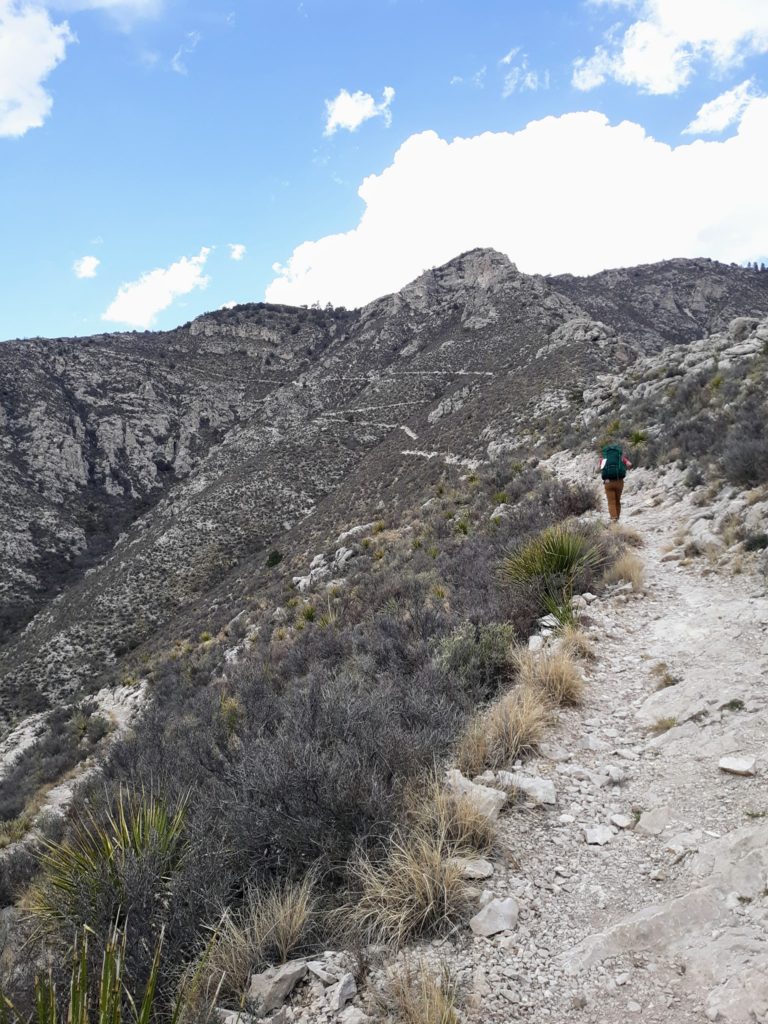
It was an unseasonably hot Mother’s Day weekend in May of 2021. True to tradition, I met up with my sister for the weekend, and this time, we decided to go hiking in Guadalupe Mountains National Park in the wilderness of rugged west Texas.
We hiked up the brutal Tejas trail for several miles, to our backcountry campsite. The Tejas Trail is a steep uphill climb on switchbacks, lasting about 11 miles, in full sun and no shade. There are also no water sources located anywhere along the trail.
Returning back down the mountain the next morning, we passed several hikers coming up the trail. They were woefully unprepared in what they were wearing, especially in the footwear department. I immediately also noticed that they were carrying one 16 oz water bottle each, and that was it, for an 11 mile roundtrip hike on this particular out and back trail, in warming temps and full sun, approaching the hottest part of the day.
One water bottle for an hours long day hike in increasingly warm temperatures, with no shade or water sources, on a challenging and physically exerting uphill climb. These hikers stopped and asked us how long the trail was, and were clearly unsure of the total mileage, or what to expect on the trail, or even what specific trail they were on. Don’t be these guys. Know your trail and what to expect, and then be prepared to hike responsibly and safely.
Out and back trails can be an open door to all kinds of exciting hiking opportunities! Now that you know what an out and back trail is, where will your next hike be?
>MORE: Want to learn even more about hiking? Check out all my hiking resources and guides, and don’t forget to find all the hiking checklists, training resources, and handy printables IN THE YONDERLUST RAMBLINGS SHOP!
PIN for LATER!



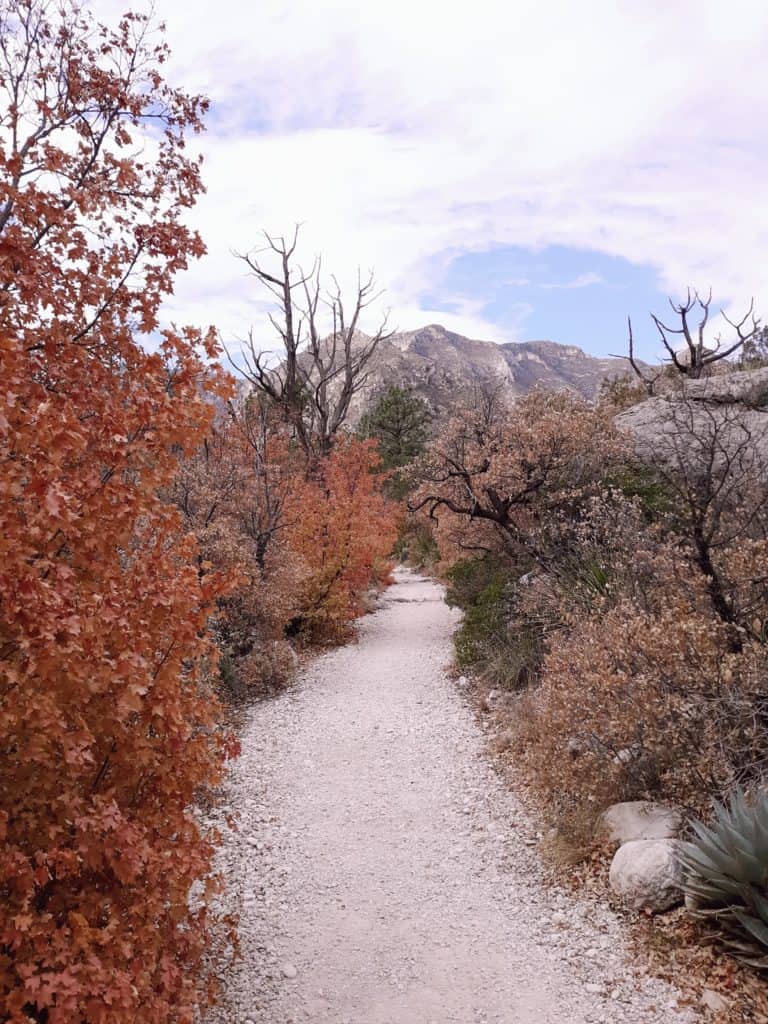
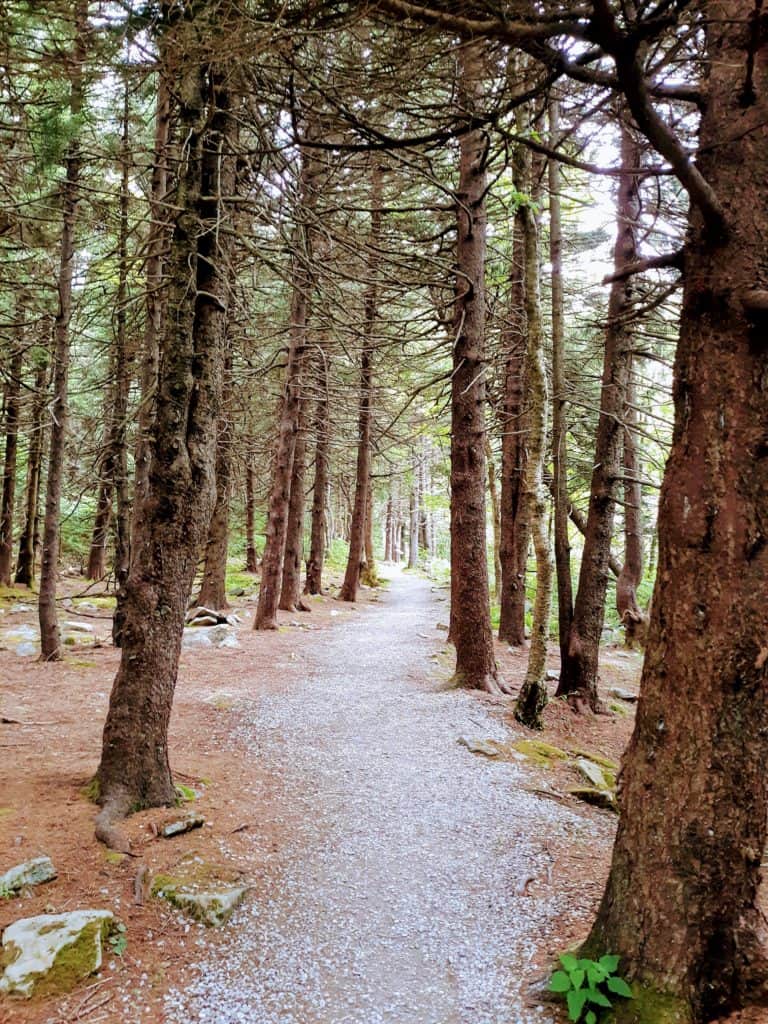

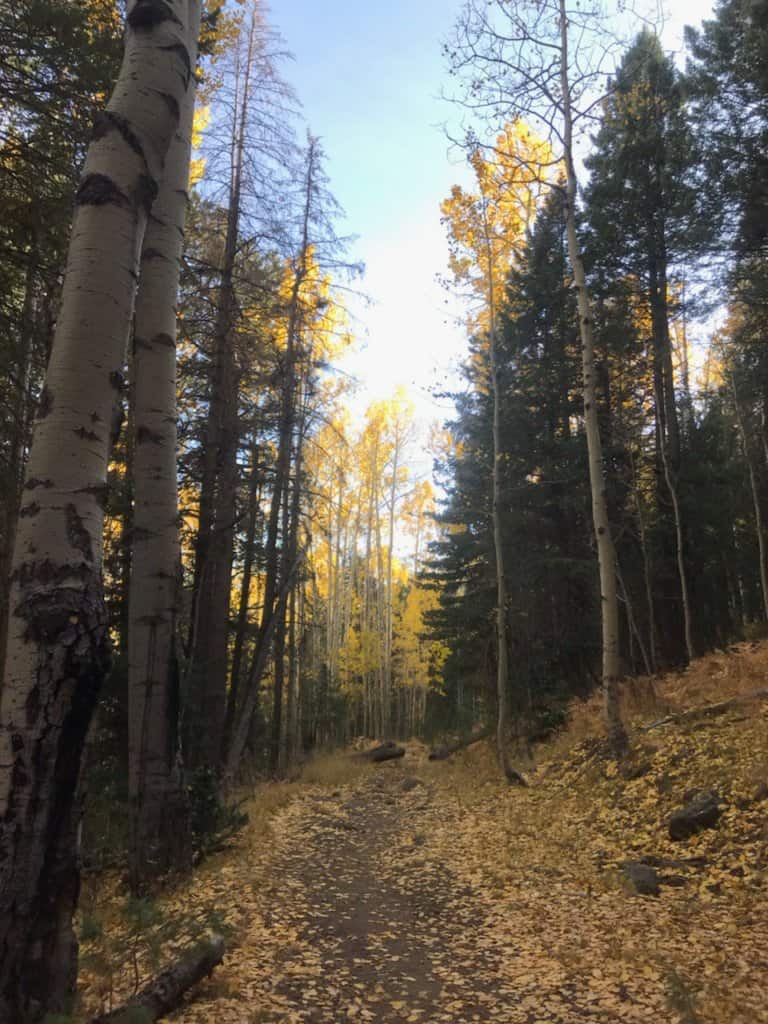
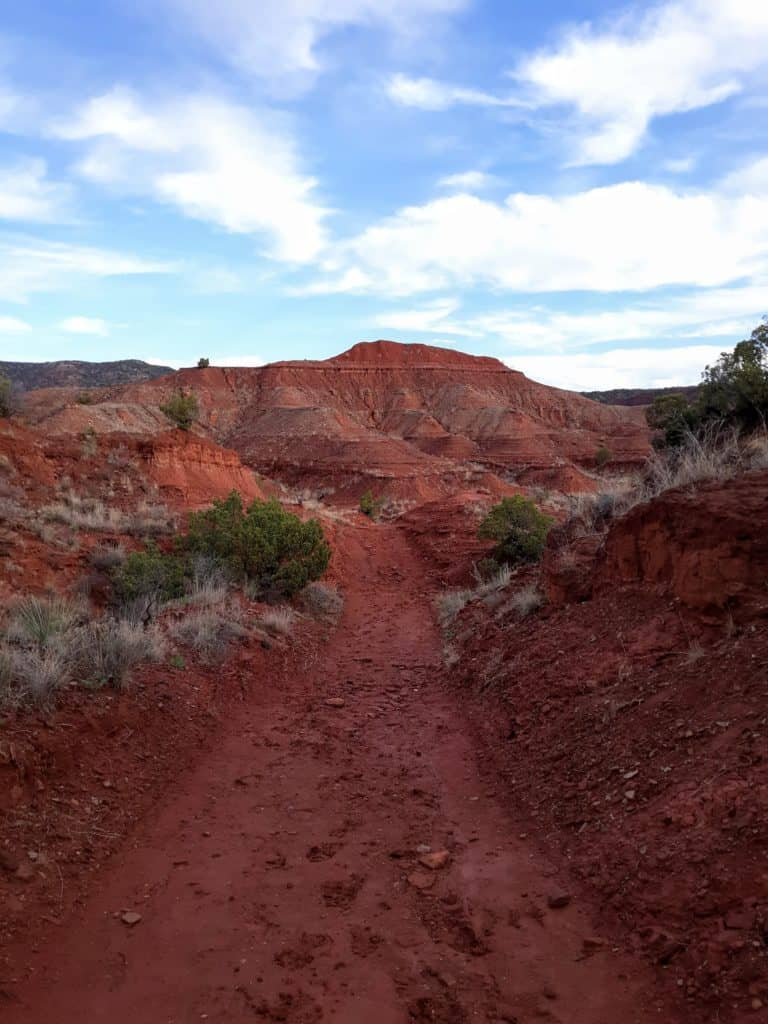
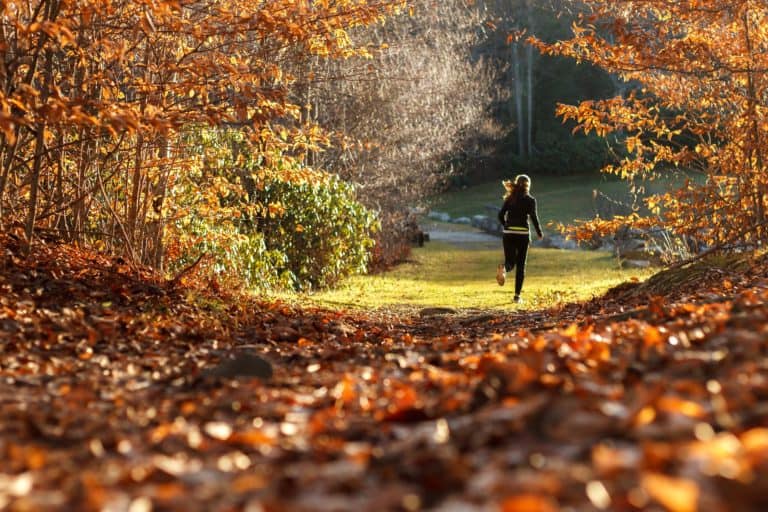
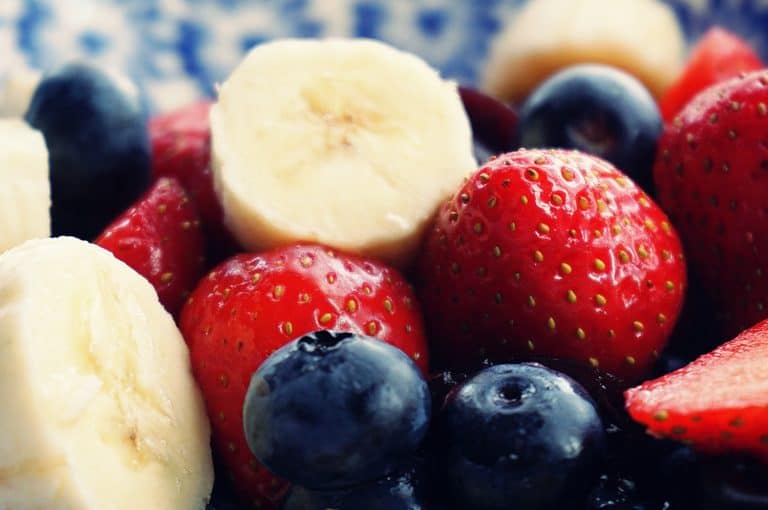


This article was really helpful! I wasn’t sure if All Trails was showing the roundtrip distance or if 10 miles meant 10 miles there and another 10 miles back (20 miles roundtrip). Thank you!
Hey Zainab, I know it can be confusing! In my experience, AllTrails always shows your roundtrip distance (although there have been many occasions where the distance doesn’t always line up exactly with what I track, so don’t always take it 100% literally – AllTrails can be off a couple tenths of a mile for example).